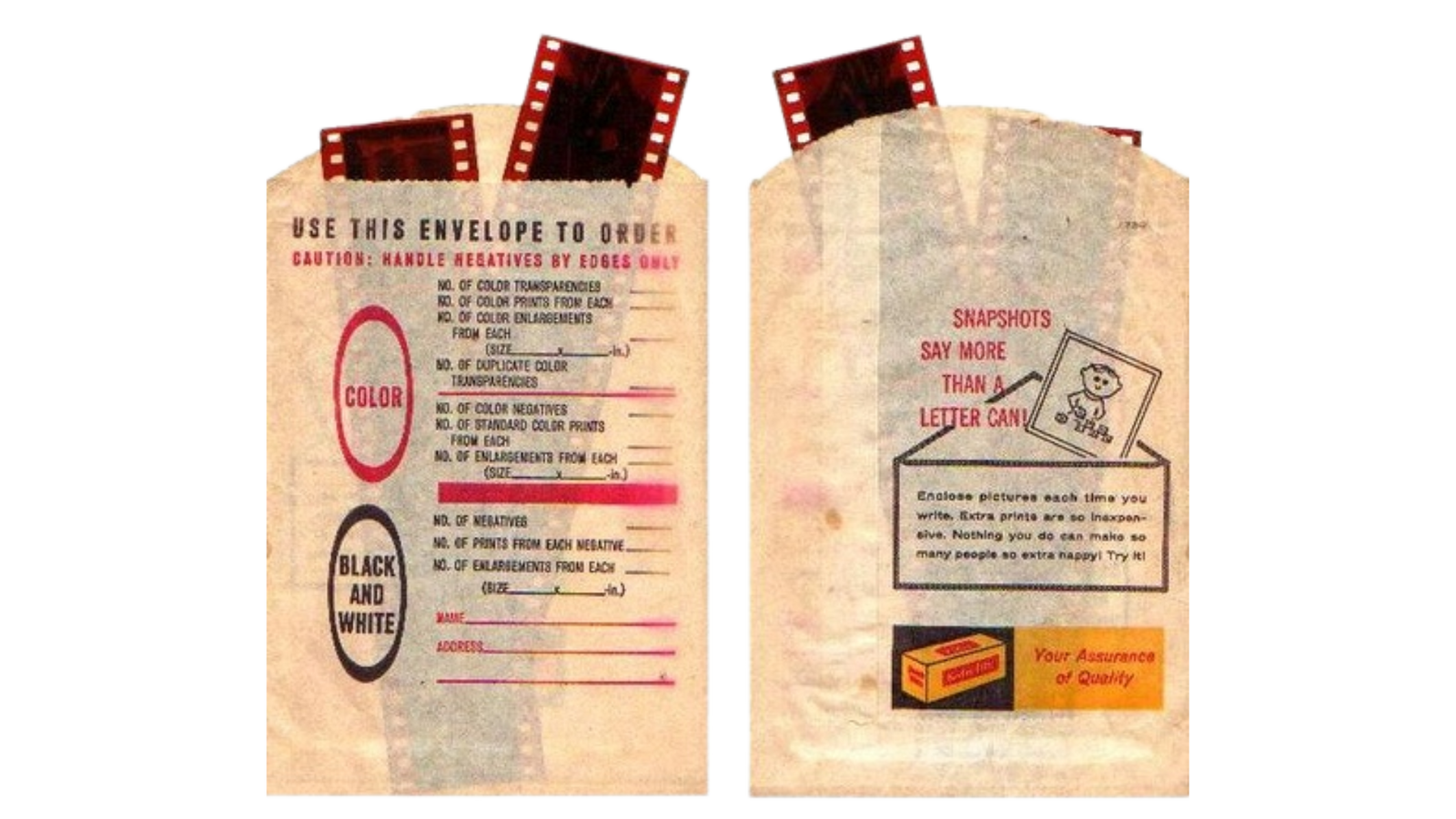Why People Want to Scan Negatives
If you’ve stumbled across a box of photo negatives tucked in a drawer, you might be holding the only remaining copy of someone’s smile, a vacation sunset, or a birthday candle glowing in time. But negatives are delicate—and nearly impossible to enjoy without a lightbox, film scanner, or specialized software.
That’s why more and more people are looking to convert negatives to digital photos—so they can view, share, and protect the moments that matter most.
How to Convert Film Negatives to Digital
There are a few ways to convert film negatives to digital. Some people try the DIY route with a smartphone and a backlight, but this often results in low-quality images and lots of frustration.
If you want true clarity and color, the two most common methods are:
-
Using a negative scanner at home
-
Sending your negatives to a professional digitizing service
You’ll need to weigh cost, time, and the value of what you’re scanning. If the photos are important—or irreplaceable—investing in quality matters.

What’s the Best Negative Scanner for Home Use?
Many shoppers look for the best negative scanner thinking it will be a one-time solution. And while brands like Epson, Wolverine, and Kodak offer consumer models, there are tradeoffs:
-
Learning curve: You’ll need to learn how to handle film carefully and correct color tones manually
-
Time commitment: Scanning a full set of negatives can take hours, even days
-
Quality limitations: Most consumer scanners don’t match the resolution and detail of commercial equipment
Still, if you enjoy DIY projects and have time to spare, a scanner could work well. But if you’re short on time—or want the highest quality possible—there’s another path.
Use a Professional Service to Scan Negatives
Rather than buying gear and figuring it out alone, many families choose a photo negatives to digital service that handles every detail. That means:
-
Dust-free scanning with proper gloves and flatbeds
-
High-resolution output perfect for printing or digital sharing
-
Cloud delivery so your images are easy to view and download
Companies like Heirloom let you ship your negatives and return them safely, with results stored in your personal cloud collection—no extra software or discs needed.
If you’re looking to digitize more than negatives, you can also explore America’s best photo scanning service to get prints, albums, and even slides into one secure place.

Curious About the History of Negative Photography?
The invention of film negatives changed everything. It allowed photographers to preserve more detail and print multiple copies from a single image. If you want to know where it all began, read our guide on the history of negative photography and see how the process evolved from glass plates to color film.

📧 Want more tips like this?
Subscribe to Heirloom emails to learn how to preserve your priceless memories. Get discount codes for expedited shipping, quality digitizing, and secure cloud storage. We never spam, and it’s easy to unsubscribe at any time.



